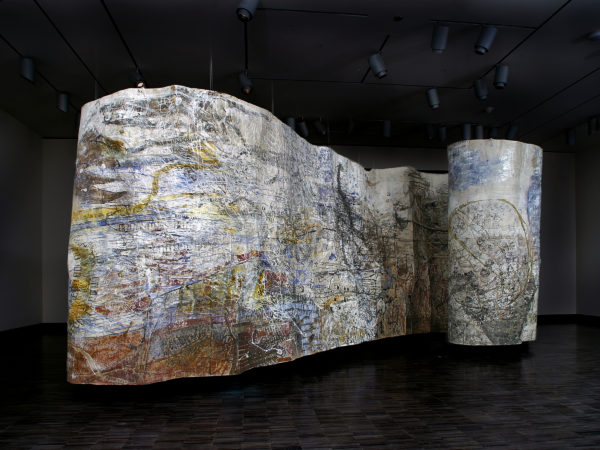Much of China, a country slightly larger than the continental United States, is hilly or mountainous. To its east lies the Pacific Ocean; to its south thick jungles. Mountains in the southwest connect in the west with the Himalayas, which merge with other mountains and the Taklamakan and Gobi deserts in the northwest. In the north there are frigid steppes. Internal travel is easiest along river valleys, most of which run west to east; these valleys hold most of the population. Travel north and south between them is difficult, resulting in limited contact that has contributed to the development of more than fifty minority groups speaking dozens of local dialects. This diverse population has been held together by a shared character-based written language.
Despite these physical barriers, China developed ties with the rest of the world through conquest, religion, and trade. Many products and technologies that were first developed in China—silk, porcelain, gunpowder, tea, paper, and woodblock printing—were much sought after by cultures far beyond its borders. In exchange the Chinese sought exotic goods, horses, and jade, as well as access to the sources of Buddhism.






